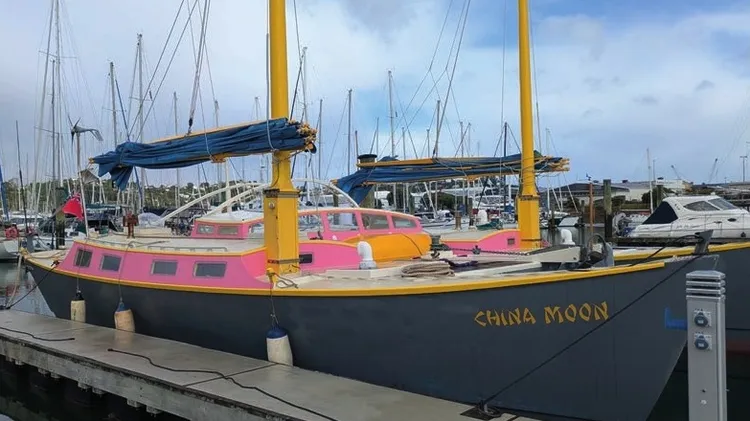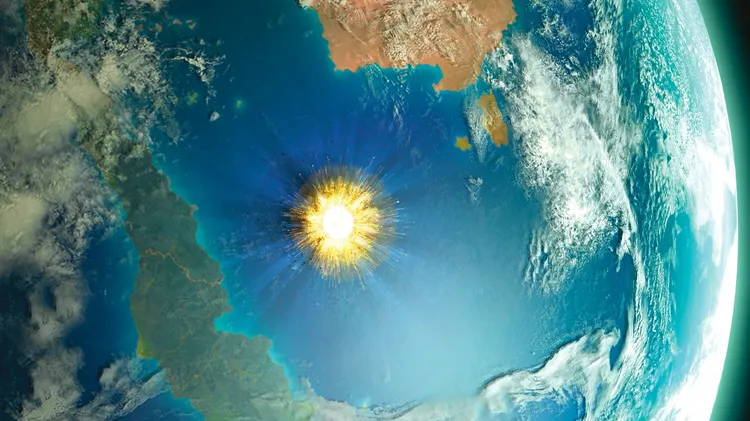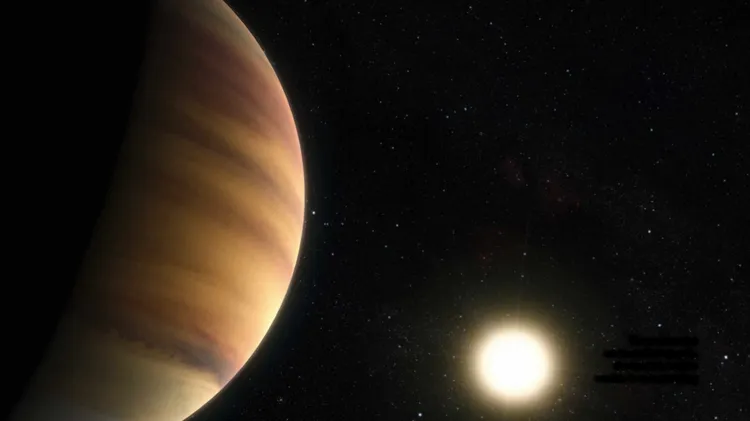China is set to return the first-ever rock
Chang’e 6journeys to the lunar far side
8 min read
This article is from...
Read this article and 8000+ more magazines and newspapers on Readly






